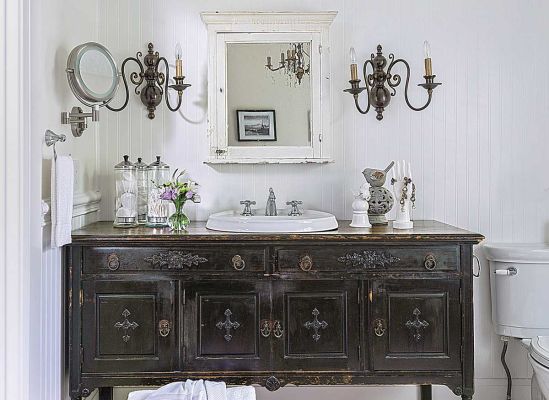“OMG…If only we had been following these tips in the past. Please take a look at how to do this and avoid a clog with water everywhere.”
Denise Buck & Ed Johnson – DC Metro Realty Team
Taking the time to clean your air conditioner’s drain line (or the condensate line) can have a great positive effect on how efficiently your system runs. Here’s how to quickly and safely prevent problems with your unit.

If you’ve ever taken a good look at your air conditioning unit, you may have noticed a small dripping line on the outside. This is the condensate drain, which plays an important role in removing condensation produced by your air conditioner’s evaporator coil. If the line isn’t properly cleaned, algae and mold can grow inside and clog the drain, causing elevated humidity, musty odors and water damage inside your home.
Unfortunately, this part of the system is often overlooked during regular A/C maintenance. Even HVAC technicians may forget to clean the drain during a regular service call, which means that it’s up to you to check and clean the condensate pan and drain line before a problem develops. Cleaning the line will remove clogs and blockages and prevent algae and mold from growing.
– What is a Home Warranty
– Compare Home Warranty Coverage
– See what Home Appliances are Covered
You will need these items to clean your A/C condensate drain:
- Rags
- A wet/dry vacuum
- Distilled vinegar
- A funnel
How to Clean Your Air Conditioner Drain
1. Turn off the power to your HVAC system at the thermostat and at the breaker.
2. If you have an indoor air handler in your attic or utility closet, you’ll need to find the condensate pan. This is usually located directly under the unit. It may also be covered by a removable access panel.
3. If you see standing water in the drain pan, your drain line is probably clogged. Use a handheld or shop vacuum to remove the moisture. You can also use rags to soak up the water. At this point, you can clean the drain pan with soap.
4. Generally, clogged drains can be cleared with suction. If you have a shop vacuum, use it to pull the clog through the drain opening, which is located outside your house near the foundation. Place your hand around the pipe to improve suction and allow the vacuum to run for a minute. Then, check the vacuum canister to see if the clog was successfully removed.
5. Next, you’ll need to identify the access point on the drain line. Usually, the drain will have a T-shaped vent with a PVC cover. Remove the cover and inspect the drain. Use this port to flush the drain with distilled vinegar. If you don’t like the odor, you can use peroxide to gently bubble away the remaining debris. Alternately, you can use hot water and a drop of dish liquid.
6. Allow the solution to sit for 30 minutes. Complete the cleaning by flushing the pipe with water. Have a helper watch the pipe outside and tell you if the water is running freely.
If you don’t have a shop vacuum, you can use a piece of surgical tubing to free the blockage. Know that this method doesn’t work well if your drain line has sharp turns that are prone to clogs. If your system doesn’t have an access vent, use the opening on the edge of the drain pan. This fitting can be removed to improve access.
Underlying problems with the system can also be responsible for compromised water flow. If the pan and drain line aren’t slightly tilted, water can build up in the back of the pan and will eventually overflow. Many newer systems are equipped with overflow sensors installed within the pipe.
If you’re unable to clean your air conditioner’s drain line, call a local professional. They can clean the line and install an access vent, if necessary. Check the drain line periodically throughout the cooling season to ensure that condensation is being removed properly.
Routine maintenance steps like checking your drain line can help keep your air conditioner running more efficiently. If you find that your system is in need of repair, remember that an American Home Shield Home Warranty could help protect your budget from costs associated with getting your unit back on track.







 Photo by: American Home Shield
Photo by: American Home Shield



